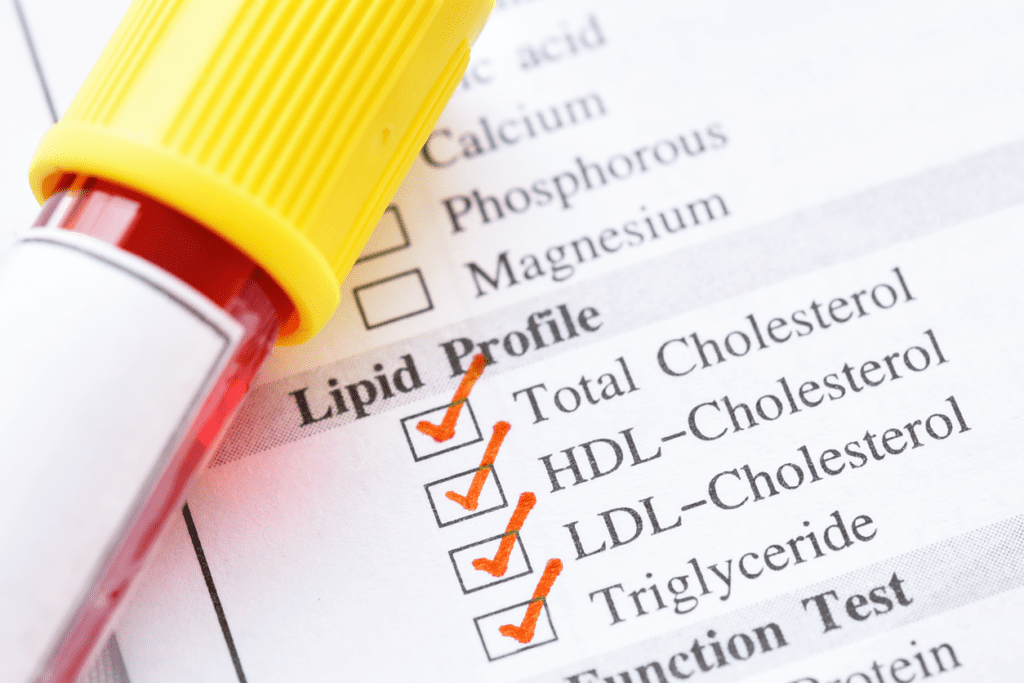
LDL, HDL, VLDL? Learn how to decipher the mysterious acronyms in your cholesterol report and figure out what those numbers are really trying to tell you.
High cholesterol levels (also known as hyperlipidemia) is a common condition that affects an estimated 10 percent of all Americans over age 20. It is a significant risk factor for chronic health conditions including heart disease, kidney disease, and strokes. Only a little over half of all Americans who could benefit from cholesterol lowering medications currently take one. It even affects about 7 percent of children between the ages of 6 and 19.
A simple blood test called a lipid profile or lipid panel tests for cholesterol levels. Understanding your cholesterol numbers can be challenging because it results as different subtypes with differing health implications. Today’s post makes better sense of these numbers as we dive into what to look for when you read your cholesterol profile.
- Low Density Lipoprotein (LDL) cholesterol, also often termed “bad” cholesterol, is a major contributor to the development of cardiovascular disease. This number gets targeted by statin medications in people at high risk. An ideal LDL is usually under 100.
- High Density Lipoprotein (HDL) cholesterol is known as “good” cholesterol because it helps remove LDL from the bloodstream, thus providing a protective effect against heart disease. Higher levels of HDL are generally associated with a lower risk of cardiovascular disease. An optimal HDL is over 40.
- Very Low Density Lipoprotein (VLDL) cholesterol is primarily responsible for transporting triglycerides. High levels of VLDL are linked to increased cardiovascular risk. In general, a VLDL under 30 is acceptable.
- Triglycerides are an independent risk factor for cardiovascular disease and also increase risk for pancreatitis. High levels of triglycerides are linked to increased cardiovascular risk. Providers generally look for a triglyceride level of 150.
- Total Cholesterol is the sum of various cholesterol fractions — and while high levels increase cardiovascular risk, this value is less useful than individual fractions. For most people, a total cholesterol of 200 is considered normal.
As you review your cholesterol numbers, remember that cholesterol levels can vary based on age, sex, weight, genetics, and other factors. Your healthcare provider can help you understand your cholesterol numbers in relation to your overall health and lifestyle.
Schedule a community cholesterol screening
Regular screenings for cholesterol levels and other health indicators can help identify and treat health issues early, before they worsen. Primary.Health enables communities to offer and easily manage no-cost wellness and prevention services in neighborhood spaces. Options include:
- Blood pressure, diabetes, and cholesterol screenings
- COVID-19, RSV, and Flu testing
- Screening for sexually transmitted infections (STIs)
- Vaccinations
Contact us today and chart your community’s path to better and more equitable health.
Disclaimer: This blog content and linked materials are not intended as individual medical advice, diagnosis or treatment, and should not be considered as such. Any readers with medical concerns should contact a licensed healthcare provider. This blog is provided for informational purposes only.
